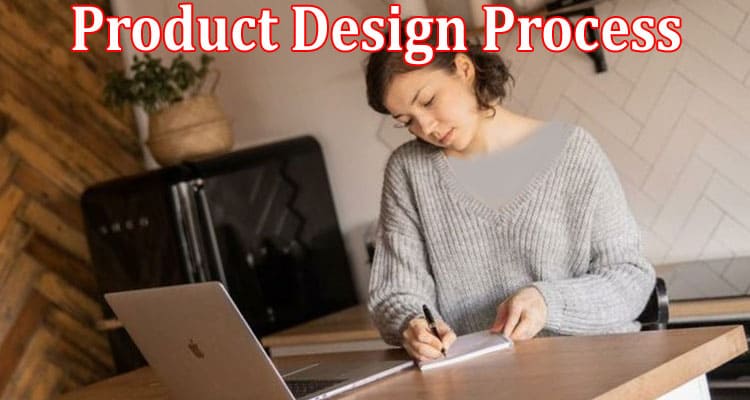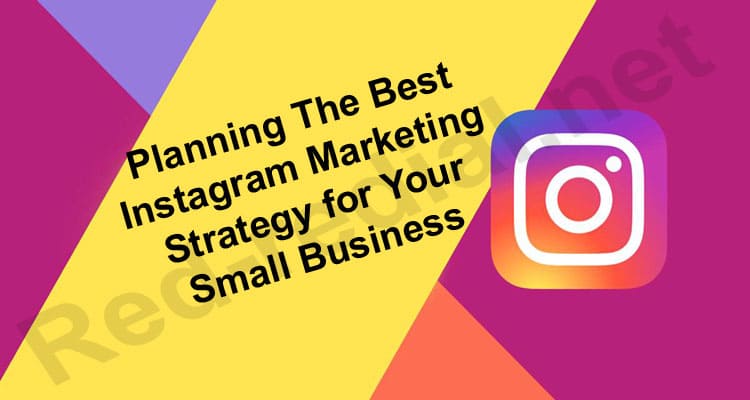The Product Design Process in 10 Steps
Creating a new digital product or improving an existing one 一 is always a team process. However, it is up to the designer to ensure that user needs are taken into account in this process. By studying the audience, discovering their problems, and proposing solutions, the designer acts as a bridge between users and the entire team working on the product.
Step 1: Immerse Yourself In The Idea
Work on a product design begins with immersion in the idea. The source of the idea can be either the client or any of the members of your team. At this stage, it is important to understand how the idea bearer sees the final version of the product, who its potential users are, and what issues it will solve. Try to get as much information from the customer and make sure that you are on the same page.
Step 2: Research
At this stage, the designer’s job is to understand users as well as possible and share this knowledge with the rest of the team. This allows to humanize the process of product creation and see abstract users as real people.
The main tool of the designer at this stage 一 UX-research. With UX research, it’s possible to figure out the problems users face, their goals, motivations, expectations, and the context in which the product will be used. This data will allow you to check whether the initial ideas fit the users’ needs, and ultimately create a product that users will love and use. Remember that there’s a difference between a product designer vs UX designer, and the more you know about users from the outset, the fewer mistakes you will make in the future.
Step 3: Design
Once all the research has been done, the results have been analyzed, and the team has been onboarded, move on to designing the product. Based on the research results, identify a few key user groups. For example, imagine a site for renting real estate. Two main groups can be identified among the potential users of this site: those who have a property and those who want to rent it. After that, develop user stories 一 short statements describing what this or that group of users needs.
Step 4. UI Design
The UI design stage is required to create the visual part of the interface: choose primary colors and fonts, create buttons, icons, illustrations, and animations. It is very important that the visual design remains consistent from page to page. For example, if the main CTA is green on one page, you shouldn’t make it pink on another. Consistency improves the user experience and makes it easier to interact with the product.
Step 5: Usability Testing
Before handing over your UI to development, it’s a good idea to do usability testing of your interface. This will ensure that the logic of the product meets users’ expectations of how it should work. Users should successfully go through interaction scenarios and understand what is happening on the screen.
To conduct usability testing, build a prototype of your interface and invite potential users to interact with it based on the user flow. Put customers in the context of using the product, give them a clear task, ask to comment on each action, and observe their behavior.
Step 6: Final Design
Yes, creating any product starts with an idea. And yes, it’s cool when the interface of the product you create looks nice and modern. However, your project will only be successful when it is in demand by users. And to do that:
- Research your users;
- Use the knowledge obtained by means of research in the work with your product;
- Involve all members of the team working on the creation of the product;
- Make interfaces with an emphasis on logic rather than visuals.
Use these insights for your design process, trying to avoid weak points that your potential customers didn’t like at the previous stages.
Step 7: Product Development
Interaction between designers and developers usually happens throughout the product creation process. If you’ve shared the results of your work in the previous steps, the design handoff will go relatively easily.
To make the transfer as easy as possible, follow the clear rules of layout design: avoid chaos in layers, remove everything superfluous, use logical names for elements, avoid fractional element sizes, and so on. By doing so, you will simplify the developer’s task, speed up the whole process, and bring the release time closer.
Step 8: Analytics And Improvements
After the development and release have been completed, everything is just beginning. From now on, you and your team will work continuously on improving by applying various product design services. The main tool at this stage is analytics — collecting data on user interactions with the product.
For example, you can look at the Bounce Rate and find out the percentage of users who left the site after looking at just one page. In addition, you can track the average time (AVG time on page), and then see how many users reached the final point in their product journey (the number of targeted actions). Use this information to discover interface weaknesses, formulate new hypotheses about problems and solutions, test them with research and make your product even better.
Step 9: Launch
After all the testing and bugs are fixed, the finished product is ready to be launched. If previously the product was available only to a narrow circle of developers and quality control specialists, now you will meet real users. At this stage, monitoring tools are also set up to help study user behavior and refine the product, if necessary.
Step 10: Technical Support
After the completion of the work, the product usually needs further technical support. At this stage, the developer or designer offers temporary or permanent support in order to reduce the risks of failures after the launch of the new system and to ensure quick recovery in case of failure. Temporary support implies the elimination of possible defects during a limited period. Designers may offer permanent support, which is convenient if it is necessary to implement the latest design updates regularly. In this case, potential failures should be eliminated quickly and unnoticed by the customer and users.
Wrapping Up
We’ve broken down the step-by-step instructions for creating and designing a product. The development of a successful IT product is a complex, multi-stage process with a number of mandatory stages, some of which may run in parallel. It’s worth noting that outsourcing companies define the stages of product development in different ways, and here it’s important that the process is completely transparent to the customer.




